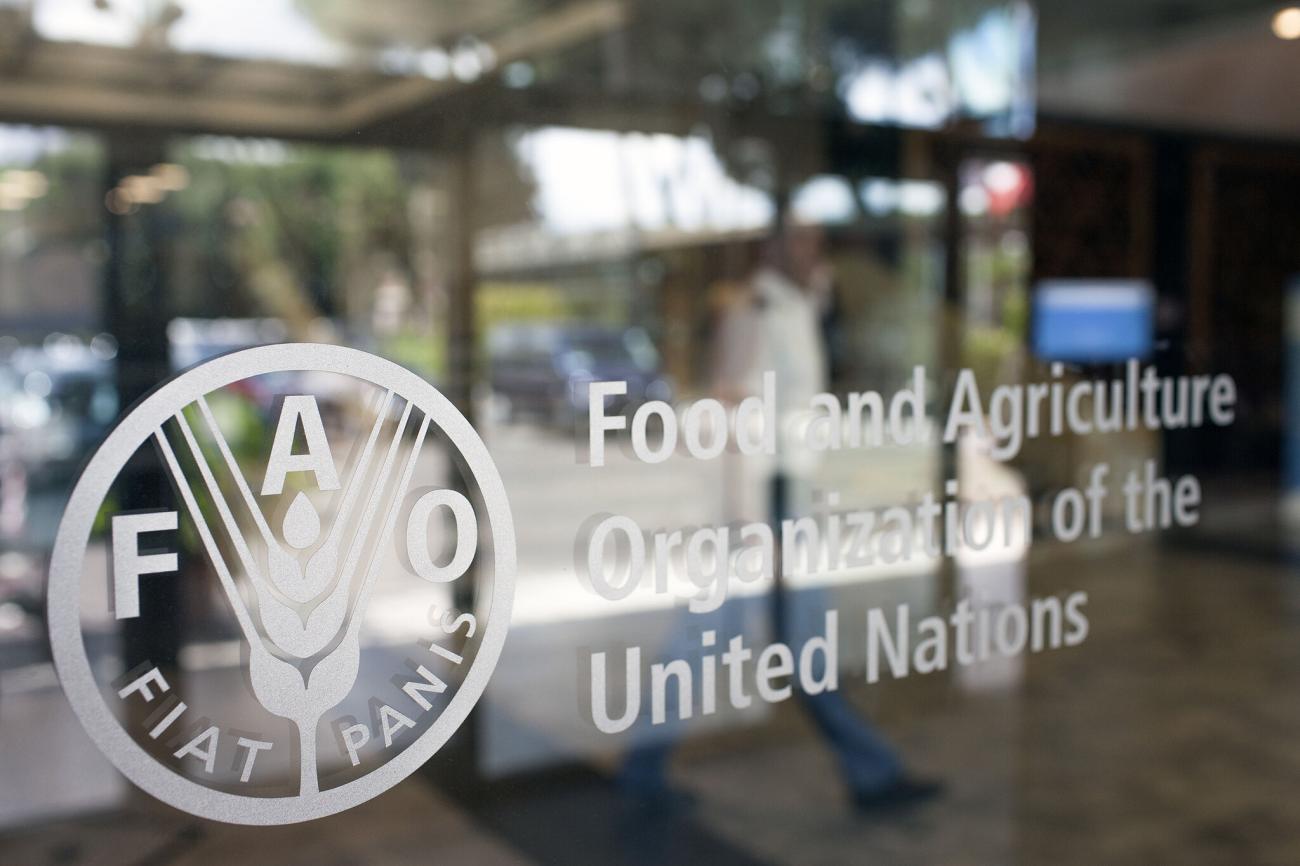Good practices in calf management can boost your production

Calves are the investment for the future, as they will start generating your income in a couple years from the time they are born.
If the foundation of your house was built with lack of attention, from cheap materials without professional knowledge, you spend your life patching up problems on the building. The similar applies to cattle production, where calves are the foundation of your business. Calves are the investment for the future, as they will start generating your income in a couple years from the time they are born. However, what is its cost? Fortunately, good calf management requires minimum, or no financial investment, it only requires the farmers’ attention, patience and understanding.
Every good breeder knows, that in order to have a strong and healthy calf, you need to start the preparations before calving. The pregnant cows should have at least 45 days of dry period, with available fresh water and tasty forage. How could you expect a sturdy and vigorous offspring from a cow, which is not treated well? Appropriate dry period management will not only result in healthy calves, but also contributes to the optimal start of lactation and also positively affects colostrum quality and quantity
Calving pens are also a major factor in the life of the calves, since this is the environment with which they get into contact first. Generally saying the calving pen has two important role: to provide a hygienic environment and to provide appropriate shelter for the newborn calf. Regular cleaning and drying of the pen between calving are especially important to reduce disease transmission. Providing adequate amounts of dry bedding helps to protect the newborn calves from cold climate, therefore it is highly recommended to use straw as bedding in the calving areas, if possible. Also, with the straw you can clean and dry up the calf after birth, which is also a useful practice, especially during winter calving.
In case calving take place on the field, try to find a well maintained grass pasture with minimal manure contamination. If possible, mud should be avoided at any cost. Also, from cheap materials you can make fences to separate the pregnant heifers and cows from the rest of the herd, to allow them adequate feeding and to reduce stress. This is particularly important in case of pregnant heifers that will have less access to feed than adult cows due to the hierarchal status within the herd
A good farmer also knows, that colostrum plays a key role in calf survival. Colostrum is a milky fluid produced after calving in the first few days, before the milk, which is suitable for human consumption. Colostrum contains important nutrients, growth factors and so called immunoglobulins or antibodies, which influences the immune system of the calf. With the help of these substances, newborn calves can be more resistant to diseases. These are actually the front line soldiers the body uses to fight diseases caused by bacteria and virus. To maximise its effect, it is recommended to give at least 4 liters of colostrum to the newborn calf within the first 2 hours after birth. In case more colostrum is produced, than what is needed it is a good practice, to freeze the leftover colostrum. The stored colostrum can come handy later, if not enough colostrum is produced, or if a cow dies during, or shortly after calving.
Once you managed to receive a strong and healthy calf from your cows, you need to ensure that they are in a place, where they can grow and gain weight up to their potential. The old saying applies here: „The Eye of the Master Fattens His Cattle”. With more attention you can observe problems that affect the growth of your animals: inappropriate ventilation, urine soaked bedding produces ammonia. Entering the barn the smell of ammonia is inconvenient for you as well. Try to create an environment, where the skin and hair of your animals are dry, the ventilation allows the air to change, but try to avoid severe draft. There is an easy way, to inspect the dryness of the manure: if you kneel down, and your knee becomes wet, you should change the bedding, or you should provide more straw.
With the regular inspection of the bedding you can notice signs of diseases. The earlier you detect diarrhoea, the more chances you have to treat your calf. In case your calf does not get up quickly when you approach it, has an arched back, hanging head, wide-legged stance, if bloody or light grey faeces is observable on the bedding contact your vet immediately. Until the vet arrives provide good quality and enough water to your calf, and try to identify the source of it. Diarrhoea can have two types: infectious and feed-induced. While feed induced diarrhoea is usually self-curing and non-lethal, it should be also taken seriously, as it can create suitable conditions for pathogens. Infectious diarrhoea is caused by bacteria or viruses, which can be the result of insufficient cleaning and bad sanitary practices. Keep in mind to always clean the environment of the calf, reduce the contact with older animals, and in case you notice any signs of diseases, immediately separate them.
Calf management is not an easy task, it requires a lot of time, patience and effort. But once you establish a daily routine to check your cattle and develop a good colostrum management your animals will reward you with better and stronger performance, while the cost of veterinary services will be reduced. And what can be better than happy and good producing cows for a farmer?
Tibor Szucs
Livestock Production Consultant
FAO Regional Office for Europe and Central Asia


